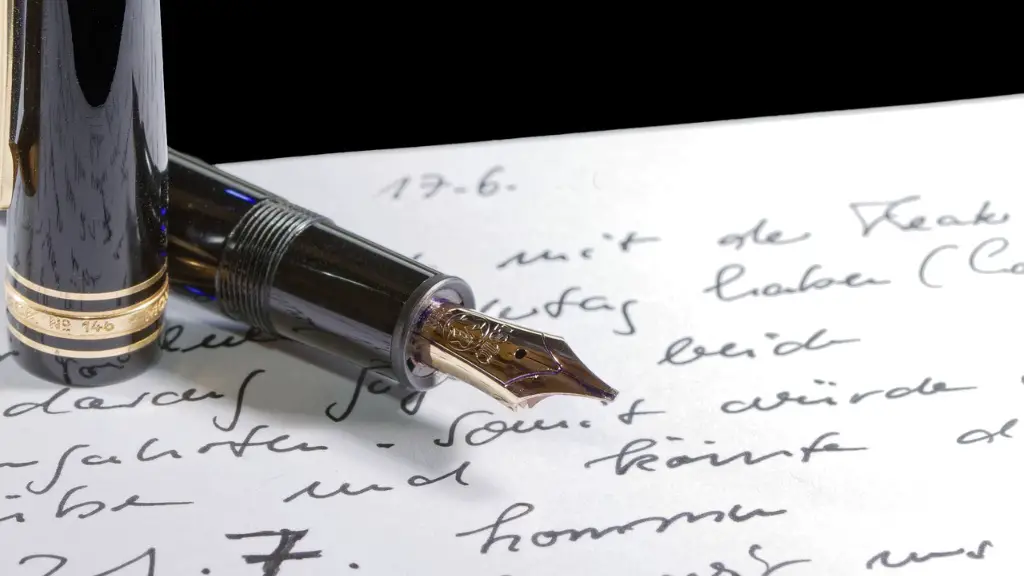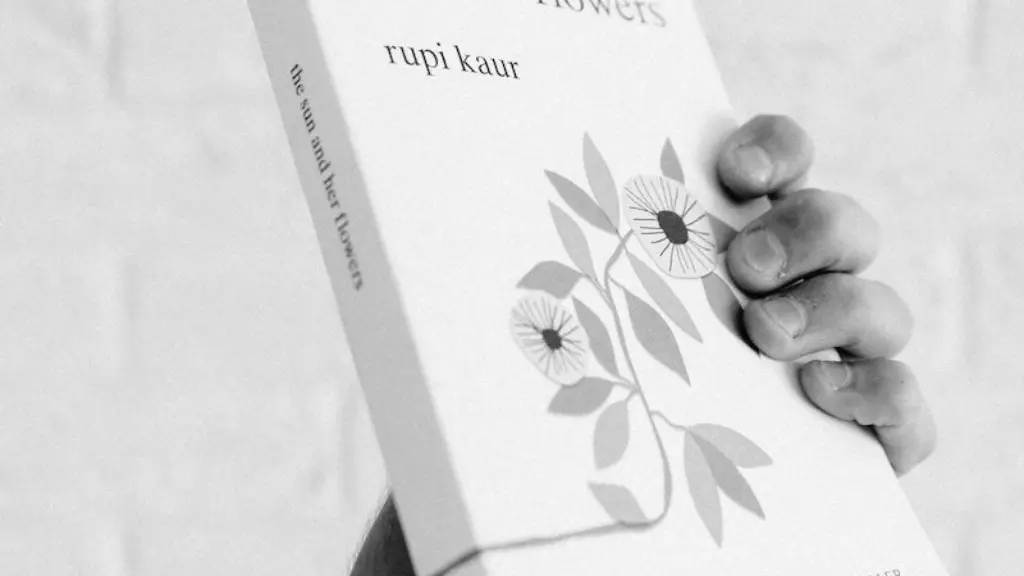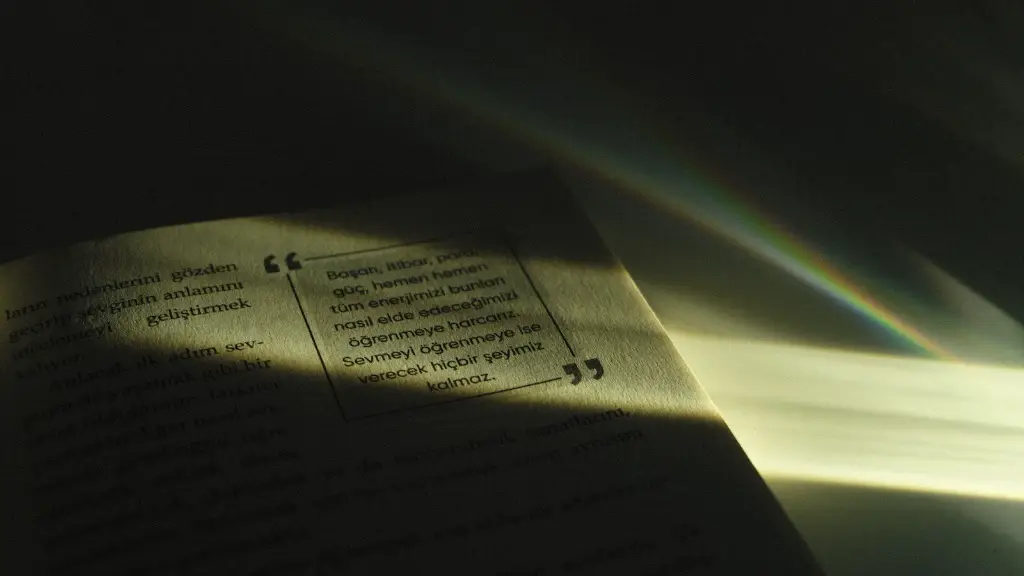What is Stand Up Poetry Called?
Stand up poetry has become popular in the last few years and has grown quickly into a mainstay in the performing arts scene. The artform is a combination of traditional performance poetry, comedy and storytelling elements. It is a unique and often hilarious way of approaching the spoken word, often with a sharp political perspective. It is an immensely popular artform, particularly among young audiences, due to its accessible nature and lingering power of the messages it conveys.
The world of stand up poetry has gone through a few name changes before coming to the popularly accepted name for the art form – spoken word. Spoken word is the current umbrella term for spoken performances that involve pre-written and/or improvizied pieces of poetry.
Spoken word is particularly known for its shared ideas and storytelling with many spoken word artists discussing their own personal struggles from discrimination to depression. It gives them an expression not just to engage in, but to build a community around. This gives it a more communal purpose, more than just for entertainment purposes. Through spoken word, issues are discussed in a more personal way and creates a space for open dialogue.
In the spoken word scene, there are multiple sub culture scenes that have emerged with performance styles, genres and themes.
Within the rap genre, there are various categories like battle rap, trap music, and conscious rap. Similarly in spoken word, there are categories like political poetry, story telling, farce and humour, slam poetry and social awareness. All of these formats carry different types of messages, having different approaches to the stage presence of the artist, bringing forth a very eclectic form of spoken art.
One of the unique genres of spoken word is showcased in slam poetry contests that draws artists of diverse backgrounds and styles. In this format, poets compete directly against one another and performance is a combination of writing, expression, emotion and storytelling. It allows the poet a platform to perform with a focus on content, while also understanding the importance of connecting with the audience. These contests often require verbal skill and a mix of various genres to make it stand out.
The art form is unique because of the different types of performances available. It creates a space where anyone can express themselves. Whether it is a platform for personal story-telling, participatory poetry or just for fun, stand-up poetry can engage and captivate a large audience. This is its true power – to unify people in an understanding that their story is being told.
Slam Poetry Scene
Slam poetry has become one of the most popular genres in the spoken word arena. It is a competitive performance art form with judges determining the outcome of the competition. The poets compete against each other with their original work and the winner is the one with the most poetically powerful sermons. Slam poetry is known for its humor and candidness and combines elements of the competitive nature of spoken word and storytelling.
Slam poetry events are often held in intimate venues, such as poetry cafes, clubs or bars, that further enhance the atmosphere, allowing the audience to interact with the performance. Often, experienced poets will take the stage to express a message and give insight into their personal lives and views, followed by a performance that often has a moral underpinning or a story.
At the same time, it is an immensely entertaining event, as the crowd gets creative, the poets build off each other and the performances naturally become competitions that lead to awards nights. This competition approach allows for poets to push themselves and further develop their skills, making it a useful and fun platform for talented spoken word artists.
Slam poetry events often feature multiple poets from different backgrounds and walks of life, discussing meaningful topics from social issues to personal struggles. This allows for poets to discuss these issues in a safe and free way, as well as spark conversations about these topics amongst the audience members.
Humor and Social Awareness
Humour plays an important role in the stand up poetry genre, because it helps to engage the audience in the message of the poem, while still making it entertaining. This allows the artist to have flexibility in expressing the message they want to convey while providing a platform for performance poetry that is still entertaining. This mix of humour, storytelling, and thought-provoking subject matter helps to draw in a diverse audience and make a connection with people of all ages, backgrounds and beliefs.
At the same time, this comedic approach to stand up poetry creates an opportunity to educate and immerse oneself in the issues being discussed. This can allow for the artist to examine social injustices and struggles that occur in different spaces. It creates an intimate space to discuss these topics, and make connections to other people who may be facing similar issues. It gives the audience an opportunity to learn more about these topics, as well as take part in the discussion.
Stand up poetry’s combination of entertaining humour, thoughtful storytelling, and socially conscious messaging makes it a powerful tool for creating positive change and increasing knowledge about important topics. Through this art form, many poets are able to reach a broad audience and make an impact.
The Power of Spoken Word
The best stand up poetry performances are the ones that bridge the gap between speaking to an individual and speaking to the world. It bridges the gap between the personal and political and creates a powerful environment for anyone who is listening.
The power of spoken word lies in its ability to challenge the status quo and tackle issues that are often overlooked or overlooked by traditional forms of story telling. The best stand up poetry performances are the ones that tackle complex topics while engaging and entertaining the audience. Through this combination, stand up poetry can be used to educate and inspire, sparking meaningful conversations with deeper layers of meaning.
At the same time, stand up poetry can also be used to bring joy and laughter. It provides an opportunity for artists and their audience to come together and experience a shared joy that facilitates a deeper understanding of each other and the issues discussed. This type of connection is unique to the spoken word and helps to encourage participation and understanding.
Opportunities and Challenges
Stand up poetry has grown in popularity due to its ability to reach a broad audience and make a strong personal connection. This has created many opportunities for poets to become successful, as the possibilities for performance and promotion have expanded. At the same time, the challenge for spoken word artists is to continuously develop their own style and create works that captivate and move the audience.
New technologies such as streaming events, podcasts and social media have also opened the doors to increased exposure for poets. These platforms provide an opportunity for poets to reach a wider audience and promote their work. This exposure helps to foster growth and inspires others to pursue poetic performance art.
Spoken word has also gained some recognition within mainstream music, with collaborations between prominent rappers, singers and spoken word artists highlighting the power of this versatile art form. This creates new opportunities for spoken word artists and allows them to share their stories on a bigger platform. This could help to raise awareness of issues and provide inspiration to others who might not have had the same access to a large audience.
Conclusion
Stand up poetry has become a mainstay in the performing arts scene, bringing individuals and audiences together through engaging performances. Its unique combination of humour, storytelling, and social awareness creates a memorable experience for the audience and helps to foster meaningful conversations.
The art form has also gained some recognition within mainstream music, along with the opportunity to collaborate with other genres. This helps to increase the visibility of spoken word, as well as bring more awareness to the issues discussed. Through these collaborations, spoken word can reach a larger audience and provide a platform for positive social change.
Stand up poetry is an immensely powerful art form that has the potential to educate, entertain, and inspire. It is a powerful form of expression that allows for individuals to share their stories and cultivate conversations with others. The strength of stand up poetry lies in its ability to bring people together through a shared story and unifying experience.





